In this day and age, DNA (Deoxyribonucleic Acid) is a routinely used term among people of a wide variety of professions. It is so well known, that it is even used by schoolchildren. But have you ever wondered how DNA came to be? How it was discovered? Or where science is going with it today?
I have composed a timeline from Tomas Hunt Morgan’s famous fruit fly experiments, to Watson and Crick’s discovery of the double helix and the semiconservative model of replication.
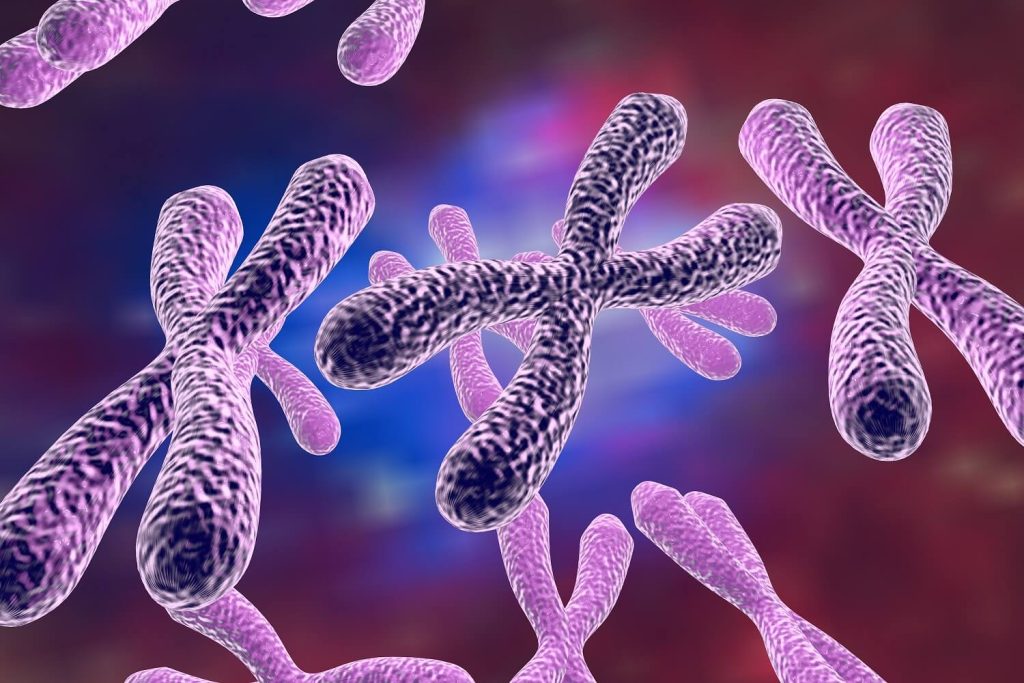
1910
Thomas Hunt Morgan showed that genes exist as parts of chromosomes.
- Eye color in fruit flies was inherited differently in males(XY) and Females(XX).
DNA and Proteins, the two components of chromosomes, became prime candidates for genetic material. 1940: The case for proteins as genetic material seemed more likely. This is because they change/vary from species to species and they also had great specificity of function.
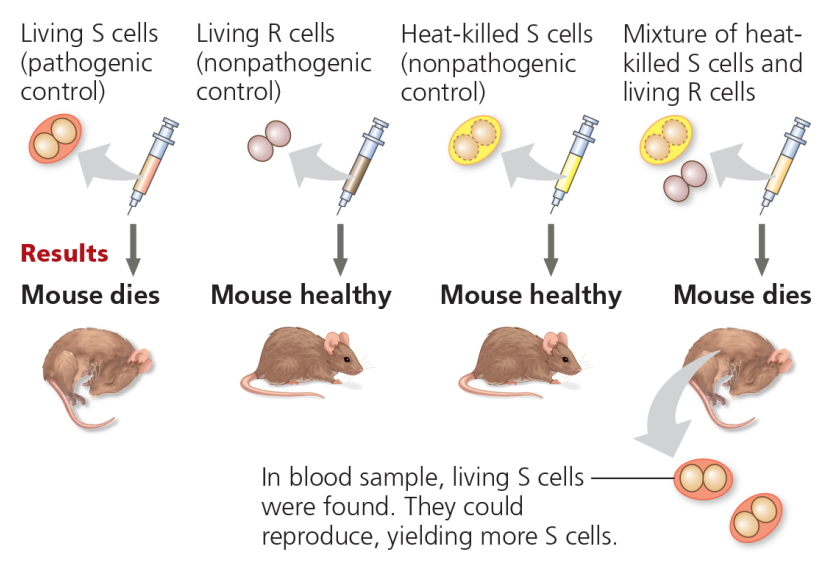
1928
Frederick Griffith observed a transformation in living R cells that made them pathogenic.
Some chemical component from the dead S cells was transforming the R cells.
It was still unknown whether this component was DNA or protein.
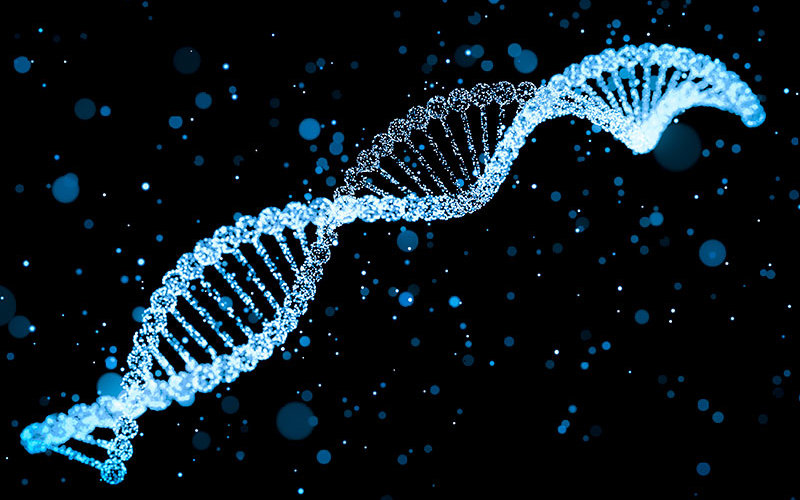
1950
Erwin Chargaff Analyzed and reported that DNA base composition varied between species.
He also noticed that the percentages of Adenine = Thymine & Guanine = Cytosine
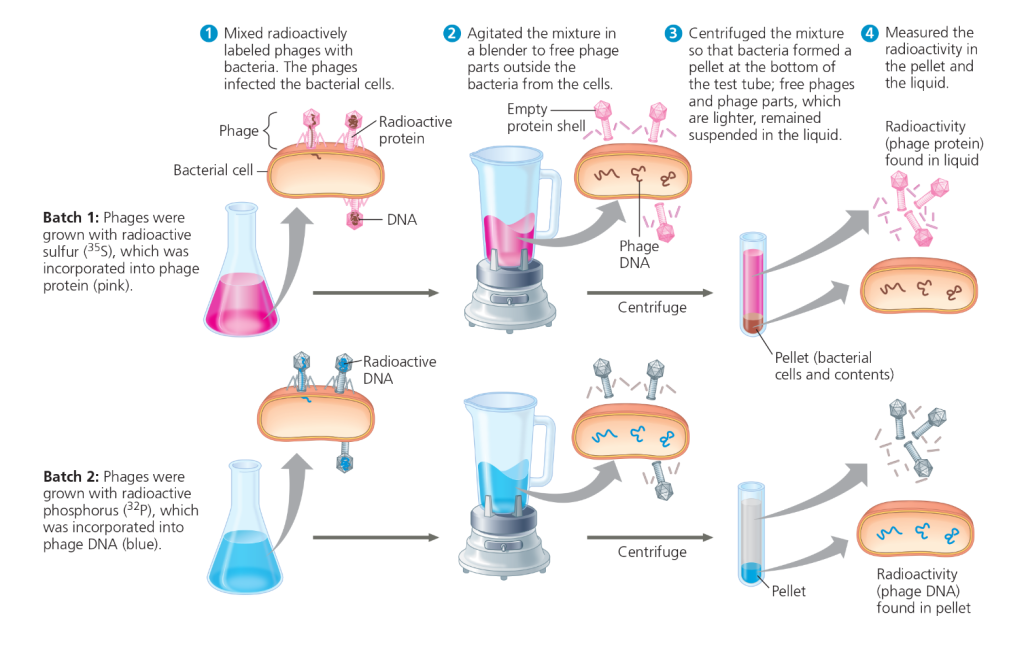
1952
Alfred Day Hershey and Martha Chase’s “Independent functions of viral protein and nucleic acid in growth of bacteriophage” experiment proved that it was in fact DNA that was the hereditary material of the T2 phage and not the protein.
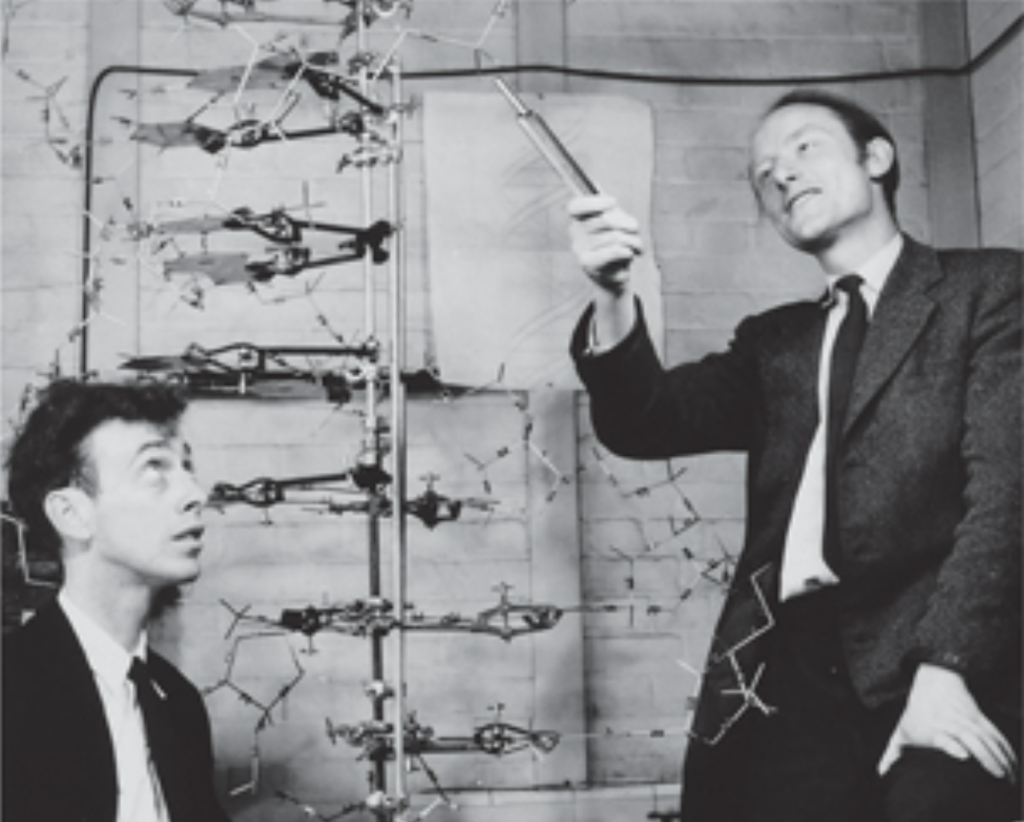
1953
James Dewey Watson & Francis Harry Compton Crick reported their molecular model for DNA: The double helix.
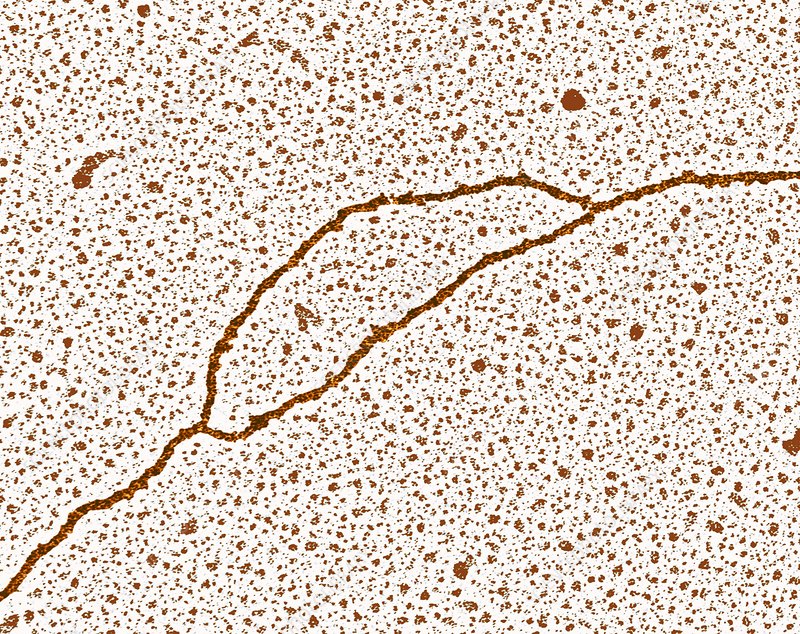
1958
Matthew Stanley Meselson & Franklin William Stahl published their experiment, “The replication of DNA in Escherichia coli”, where they proved the semiconservative model of DNA replication.
Credit:
- Campbell: Biology In Focus
- iStock
- Science Photo Library
Reading your words was like finding a hidden gem in a vast landscape — rare, precious, and full of meaning.